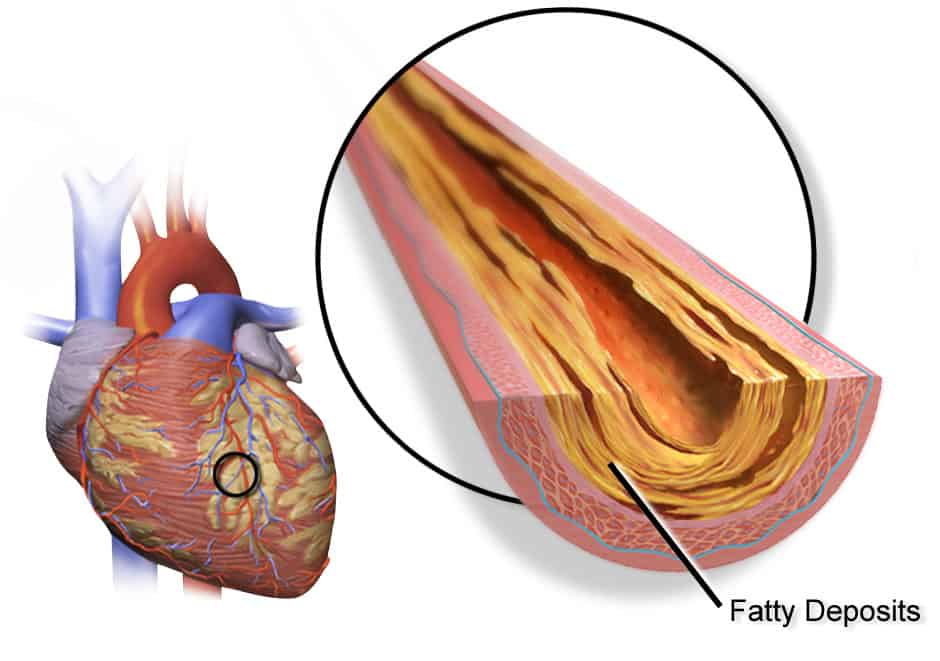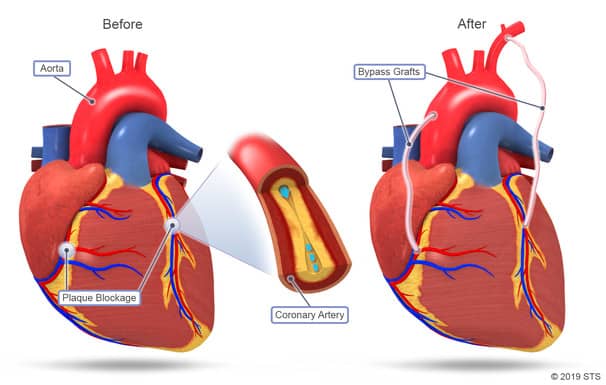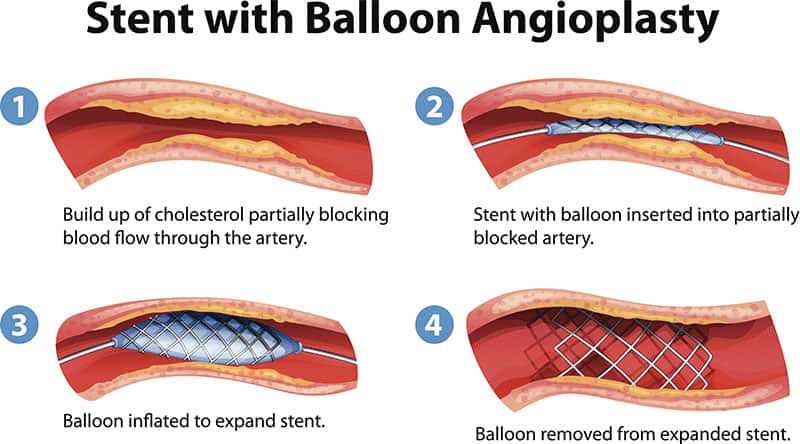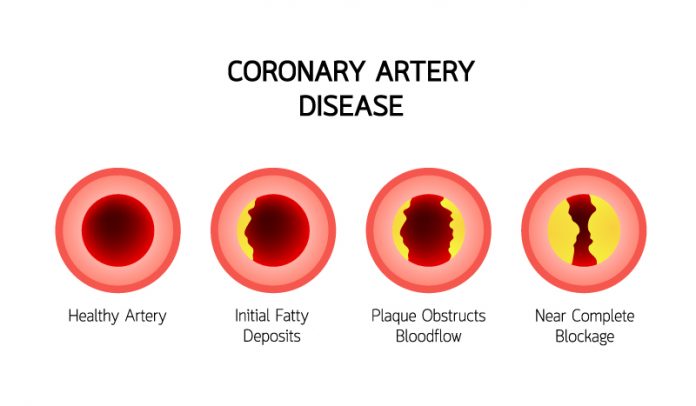Coronary artery bypass graft (called CABG) surgery has allowed thousands of people to survive severe coronary artery disease. But, what actually is Coronary Artery Disease?
Coronary artery disease (atherosclerosis) occurs when fatty deposits form in the coronary arteries, restricting flow of oxygen-rich blood to the heart. Over time, atherosclerosis may lead to a form of chest pain called angina, or otherwords ” A Heart Attack.”

In bypass surgery, doctors reroute blood flow around arterial blockages, using blood vessels grafted from another part of the body, which is usually your legs.
The procedure has become so common that people tend to forget just how serious it is.
One surgeon slices open the chest, cracking the breastbone (sternum) to reach the heart, while another “harvests” the arteries or veins to be grafted. The heart is stopped for several hours as doctors attach the grafts.
See more What is Broken Heart Syndrome? Stress Cardiomyopathy Explained

Bypass surgery generally requires a hospital stay of 4 or more days, plus a one-month convalescence. Bypass surgery is often the best therapy for heart disease, but it is not the only approach.
Angioplasty Option
This procedure costs less and is less invasive than open-heart surgery. Often, the patient can go home the same day.
The surgeon inserts a catheter into a tiny incision in the leg and threads it into the coronary artery. A balloon on the tip is then inflated to flatten the plaque against the artery wall, widening the artery and easing the flow of blood. But, there’s a drawback here.

About 25% of the time, angioplasty has to be repeated to eliminate plaques that recur – – sometimes within 6 months of the original operation. To prevent recurrence, some cardiologists now use stents, which are tiny metallic tubes inserted into the artery to keep it open.


















